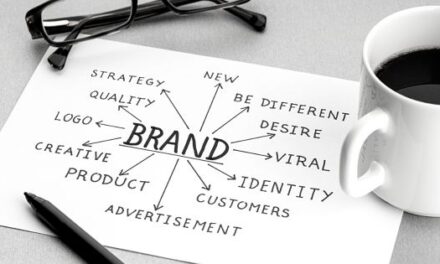How do we define today’s customer and are they different from customers in the past? Of course, their expectations are different as they are exposed to a broader range of products and services from a variety of businesses whether they be down the road or online, however, one thing remains the quintessential component for a customer “The Experience”.

The 21st century customer can be defined as:
- Fickle
- Informed and Educated
- Quick to complain or question
Three Steps to Customer Commitment
No longer are they beholden to one supplier and often use another service provider or choose an alternative product because it’s possible. If you just ate meat and three vegetables every night and a row of interesting restaurants opened up nearby you may become inquisitive to try them out and there maybe one that goes above your expectations and is always consistent with their food and service, therefore you would go to them more often. Customers like to feel that they are appreciated and will return to their “usual” even after trying out the competition if the experience is one that is repeated by all staff at a high level.
So how do you get your customers to consistently come back to your business and tell others about their experience?
- Deliver a VIP Guest Experience: exceed your customers expectations.
- Encourage Customer Loyalty: nurture your customer to increase visitation and spend.
- Develop Guest Advocacy: transform your customers into advocates for your business.
To succeed at all three steps of the journey, you have to deliver that WOW experience each and every time. Your most loyal customers will have the highest expectations of you. You’ve delivered a WOW moment to them before, so if they feel your business is losing lustre or your team’s service is dropping off, you will hear about it from them. In my book the VIP Principle we talk about the ways in which you can make that romance last and move your semi-committed regular customers to the loyal customer category by going above and beyond the level of service they expect in order to make them feel genuinely valued.
Doing the little things makes all the difference. The first thing that makes customers feel valued is, simply, recognition. In an increasingly impersonal world, a genuine smile and a greeting using the customers name (if known) are two invaluable ways to make a connection.
Information Overload
The “experience” impacts on the customer spend. The majority of us now Google when we are looking for an answer and customers certainly do, whether it is looking to compare prices or different versions of a product or to find out where a service is provided. We are told repeatedly how we are constantly being bombarded with marketing material educating us on what is out there in the marketplace. Therefore, you and your team need to know the answers, perhaps even create a “What’s On or a Frequently Asked Questions sheet” so you are prepared and perhaps even proactive when it comes to discussing with the customers about options and alternatives.
Engaged team members are far more productive than those who are under-engaged or disengaged. They work harder, have less sick days and less injury claims are far more likely to be retained long term and develop into leaders.
Your intelligent, knowledgeable team member is going to give customers the information they need and guide them through. It’s not just about telling and pointing.
There is nothing more annoying as a customer when the sales person just regurgitates the wording on the back of the label. The customer wants more and if you don’t know it, Google certainly does and that is not in the best interests of growing your business. More importantly don’t tell a version of the truth that isn’t true, that’s a sure fire way of losing a customer forever along with any referrals they may have made.
Let your team know they can ask questions of you to ensure that they are informed and educated on what your business offers and how it can suit different customers needs and expectations.
Customer Service Recovery Strategies
Questioning and complaining are two different forms of communication, however, some business owners and their teams misconstrue a question and immediately go on the back foot defending their product or service, without considering the question in detail and asking more questions of the customer to be able to provide more or less information.
Tips:
- Apologise, compensate and fix it permanently; make sure it doesn’t get repeated.
- Remove your ouches before they happen again, whether they concern service, facilities or product. Prompt removal produces the most effective ROI.
- Follow through and follow up. Is your customer satisfied with your attempt at mending your relationship? Make sure you have done the best you can to make it right.
- Social media and reviews can hurt, but don’t be tempted to respond in kind to an unpleasant review. Instead, write a thoughtful response that includes a reiteration of your apology and details your attempts to make things right, as well as your intention to be certain that no customer will ever have a similar unpleasant with your business.
The 21st century customer needs you to provide the WOW experience to keep them engaged and coming back for more.






















